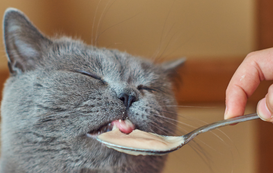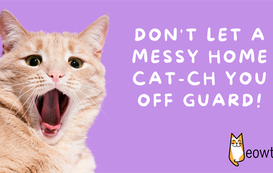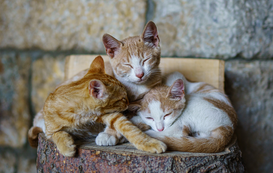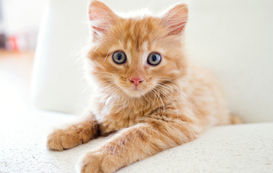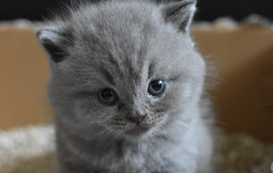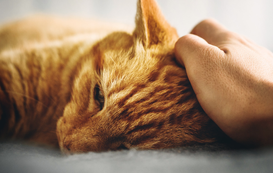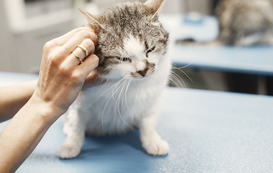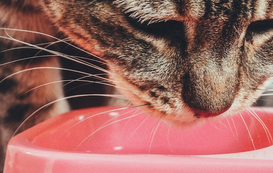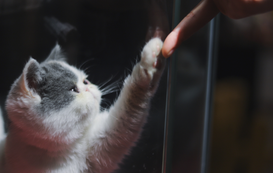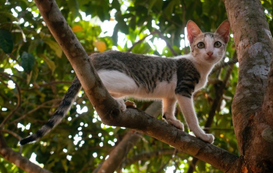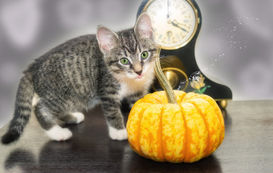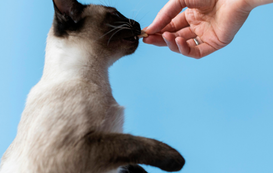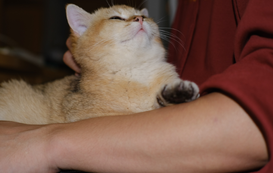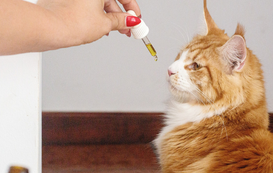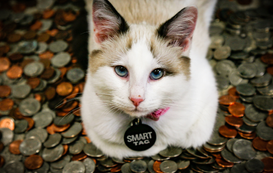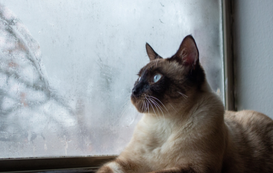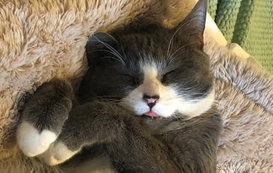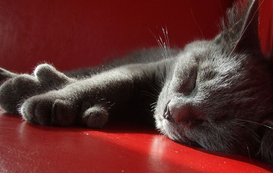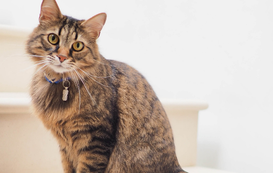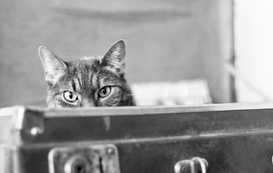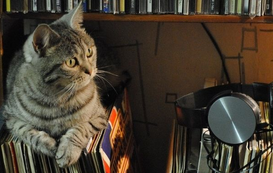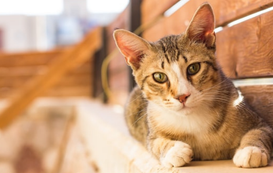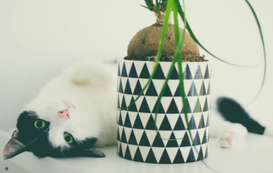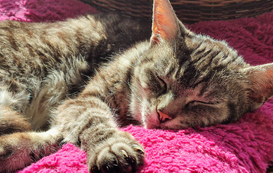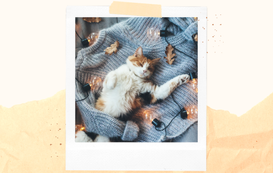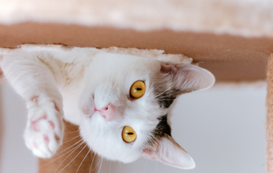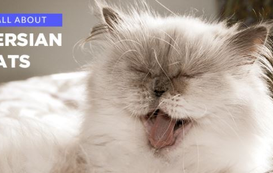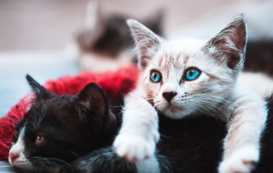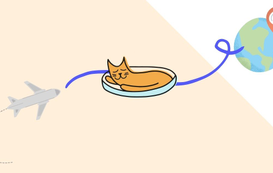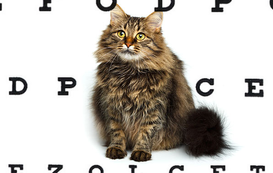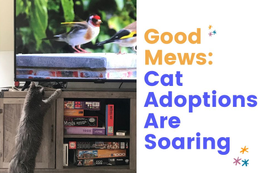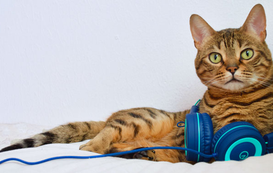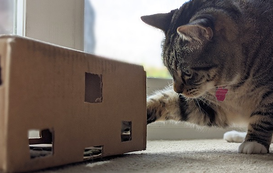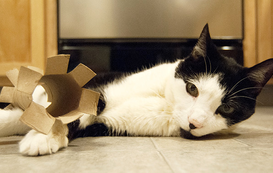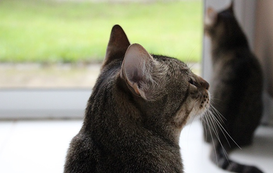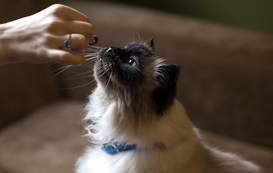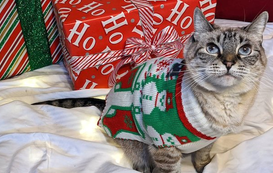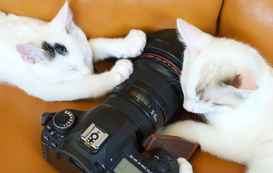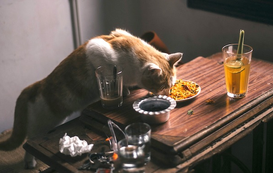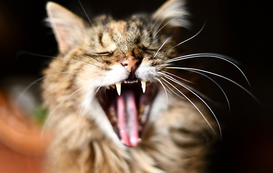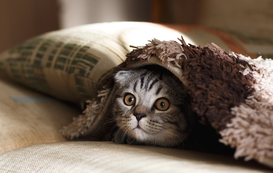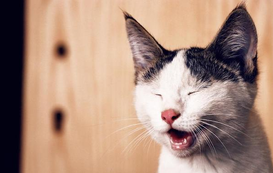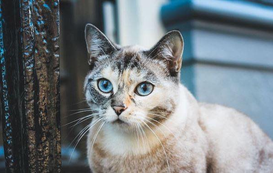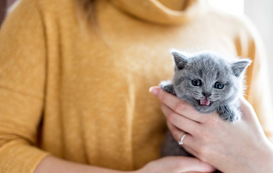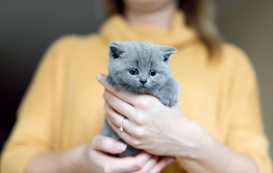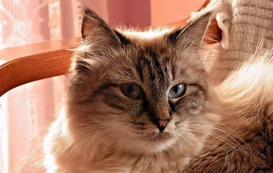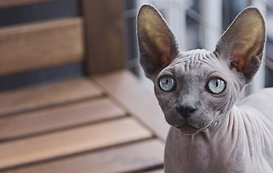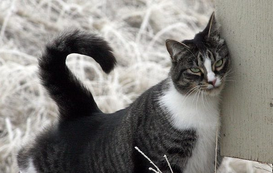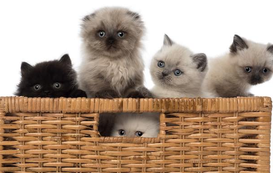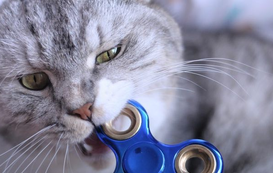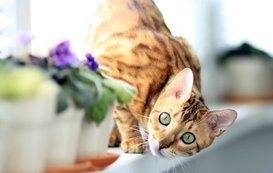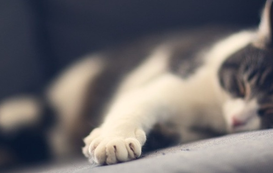- Home
- Cat Sitter Blog
- Cat Ownership
- Cats and Earth Day
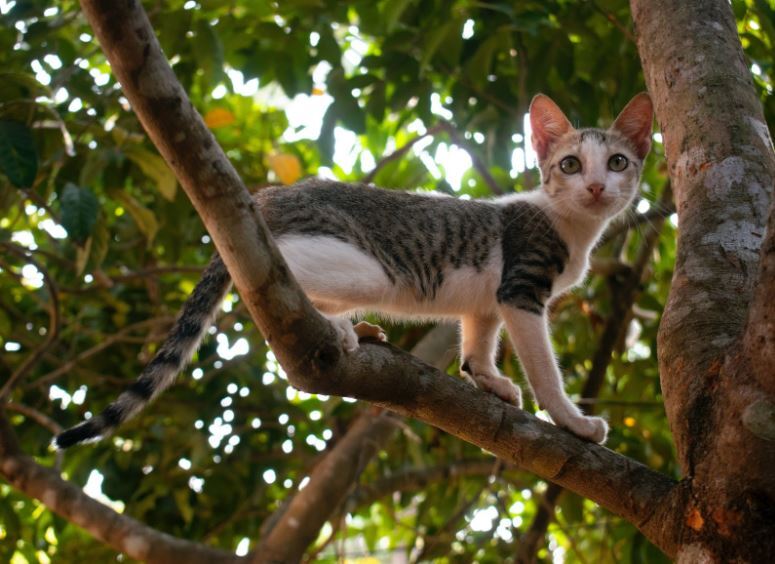

Popular posts
Cats and Earth Day
Earth Day is a global holiday celebrated every year on April 22nd, and is a day meant to observe and appreciate the beauty and wonder of our natural environment. The first Earth Day was celebrated in 1970 and as of 2020 is now observed by over 1 billion people in over 190 countries.
Earth Day is honored and celebrated in many different ways. Many businesses, organizations, and individuals participate by creating initiatives to clean up the environment, protect wildlife, raise awareness of important environmental issues, and conserve natural areas. Some people also work on a smaller and more local scale, cleaning up litter in their community, limit their electricity use, or sharing information and resources about environmental issues on social media.
With so many ways to honor Earth Day, we wanted to find ways for cat lovers, owners, and enthusiasts alike to observe this holiday in a way that is centered around their favorite animal: cats.
Cats and the Environment
Both domestic outdoor cats and feral cat colonies are actually incredibly detrimental to the environment. For many years, researchers have found that outdoor cats have caused significant damage and destruction to local ecosystems around the world. It’s important for owners to know how to keep cats in the home while also being mindful of how their pets are affecting the environment around them.
Outdoor cats and feral cats wreak havoc on bird populations. Cats have a natural instinct to hunt and kill, and birds are their natural prey. Ecologists and environmental scientists have noted that large outdoor cat populations are directly linked to significant declines in biodiversity. Birds are not their only target—cats will also go after many small mammals, such as squirrels, chipmunks, mice, rabbits, possums, gophers, and groundhogs. With the wild cat population in the United States reaching roughly 70 million, this can be absolutely devastating on ecosystems that are not built to sustain this kind of predatory invasion.
To keep this from happening, there are a few things you can do as an owner. First, if you are going to own a cat or you do own a cat, make sure that they are kept exclusively indoors. This is extremely important. Outdoor domestic cats will hone their instincts just as much as feral cats. That’s why many outdoor cats will bring dead “presents” home to their owners.
If there is a feral colony in your area, consider calling a trusted rescue or no-kill shelter. Many organizations will be able to round up the colony, deliver the proper vaccinations and medical care, spay and neuter them, and adopt them out to safe and loving homes.
There are also many organizations that participate in a TNR (trap neuter return) program. These programs are designed to allow feral cats to stay in their original environment (some feral cats are not able to be domesticated) but will ensure that they will not continue to breed more colonies of feral outdoor cats.
It’s important to educate yourself and others about the environmental impact of cats. On Earth Day, consider sharing some informational posts and graphics about how people can help control outdoor cat populations.
Also, you may consider adopting a formerly feral cat from your local shelter. Many rescues work very hard to rehabilitate and train feral cats to tame them into being pleasant housecats. Bringing a cat into a loving (indoor) home is a great way to save an animal that would have otherwise been left outside.
Big Cats
When talking about cats and Earth day, we also have to talk about the domestic cat’s ancestors: big wild cats. Big cats are one of the Earth’s most threatened species. In places like Asia, Africa, and Australia, populations of wild lions, tigers, panthers, leopards, and jaguars are sadly dwindling. And unfortunately, humans are one hundred percent to blame for this devastation.
On Earth Day, it’s incredibly important to advocate for species that are endangered. Thankfully, there are many organizations who have made it their mission to do so. There are many ways you can participate in doing your part to contribute to conservation and protect these beautiful and majestic animals.
The Wildlife Conservation Society has a special initiative that focuses on the “Big 7” big cat species—lions, tigers, jaguars, cheetahs, snow leopards, panthers, and jaguars (as well as any combination of these, such as ligers and tigons.) The Wildlife Conservation Society aims to prevent all illegal killing and poaching, strictly regulate the hunting and killing of all big cat prey, and reduce contact with and conflict between humans.
National Geographic also has its own Big Cat Initiative. National Geographic works with scientists and environmentalists out in the field to do everything they can to ensure the protection and conservation of these animals. They have organized projects in 28 different countries that have had a positive impact on the wild cat population and interactions with local human populations.
Another wonderful organization trying to save big cats in the wild is Panthera. Panthera prides itself on being the only wildlife organization in the world that focuses on all 40 wild cat species. This organization works closely with local government and science officials to find the best solutions to conserving the wild cat population while containing human-related incidents.
The World Wildlife Fund (WWF) is a global organization that has done amazing things for wildlife around the globe. Not only have they done wonderful things for big cats out in the wild, they have also introduced a piece of legislation called the Big Cat Public Safety Act. It’s a sad reality, but the United States (a country in a continent where big cats are not native) actually has the largest tiger population in the world. Captive breeders and big cat “sanctuaries” are a big problem in America, as many have seen highlighted in the Netflix documentary Tiger King. The World Wildlife Fund has aimed to end the practice of illegal exotic pet trade and exploitation in America.
Photo by Asher via Unsplash


